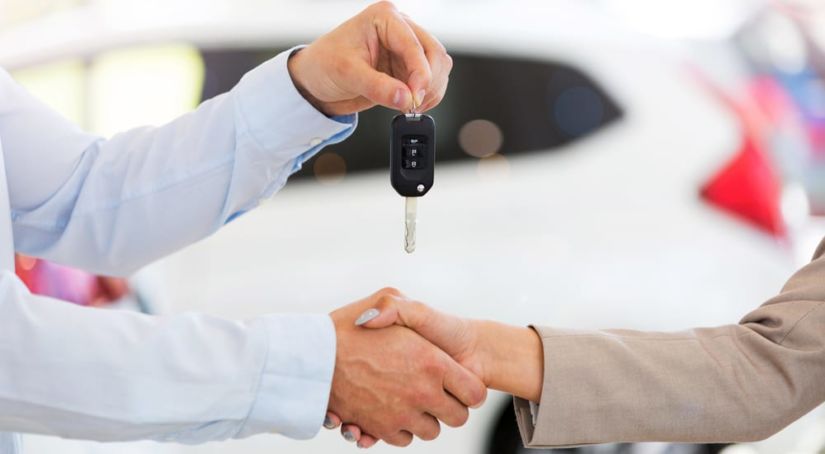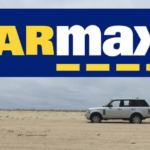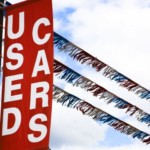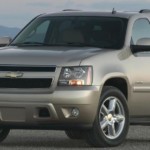It might seem obvious when you first set out to buy a used car or truck that “used” only means one thing. You’d be wrong in that assumption, though. When you set out to buy a used vehicle, there are actually several different types or used vehicle categories and different ways to pay. These include Certified Pre-Owned vehicles, traditional used vehicles, used vehicles under $10k, traditional financing through a bank or Buy Here Pay Here programs. Before you head down to your local dealership, it can be helpful to get a full understanding of the different types of used car programs and purchasing options. This will speed you on your way and ensure you set yourself up with the best chance to afford your “new to you” used vehicle down the road.
Certified Pre-Owned Vehicles
Certified Pre-Owned Vehicles, also simply known as CPOs, are probably the “safest” kind of used vehicle you can buy. These are cars, trucks, and SUVs that a dealership is so certain is in peak condition that they are willing to certify it will still be working many years or miles to come. These often extend to 100,000 miles or 5 years, etc. A certified pre-owned vehicle is 100% backed by the brand or the dealership and has to undergo rigorous testing and inspection before it can be put on the market as a CPO.
The downside of getting a CPO should be fairly obvious as CPO is typically a bit more expensive. Certified pre-owned vehicles are something of a middle ground between buying a new car and buying a fully used one. You pay a little more than if it wasn’t certified but much less than you would for a new car. This is a good option for people who may not be fully comfortable with buying a used car, but still don’t want to dish out the dough for a new one.
Used
This category is what most people think of when they think of buying a used car. The category “used” just means that it isn’t certified by a brand or dealership and has had at least one owner. Used cars technically encompass any used car on the market and have had at least one owner, even if that owner put as few as 1,000 miles on the car. Most dealerships offer these types of vehicles and you’ll find that they range from cars that appear to be basically new to ones from over decade ago that still function just fine. Some of the “newer” seeming vehicles may have been leased vehicles that have been swapped out for newer models. Other used vehicles may have been trade-ins or they may have been purchased at auction. If you ever purchase a car from a private seller, you can be guaranteed that the car is used.
Under $10k
Used cars under $10k is another category of used cars that is widely known. Many dealerships have a specific section on their websites where you can go to browse the used cars for sale under $10k. These are great options for people who are looking to buy their first car or have budget concerns. They also make great options for people who just want something to drive around town in. There are often different programs or discounts associated with buying a used car under $10k which can help people with no credit or bad credit.
Private Seller
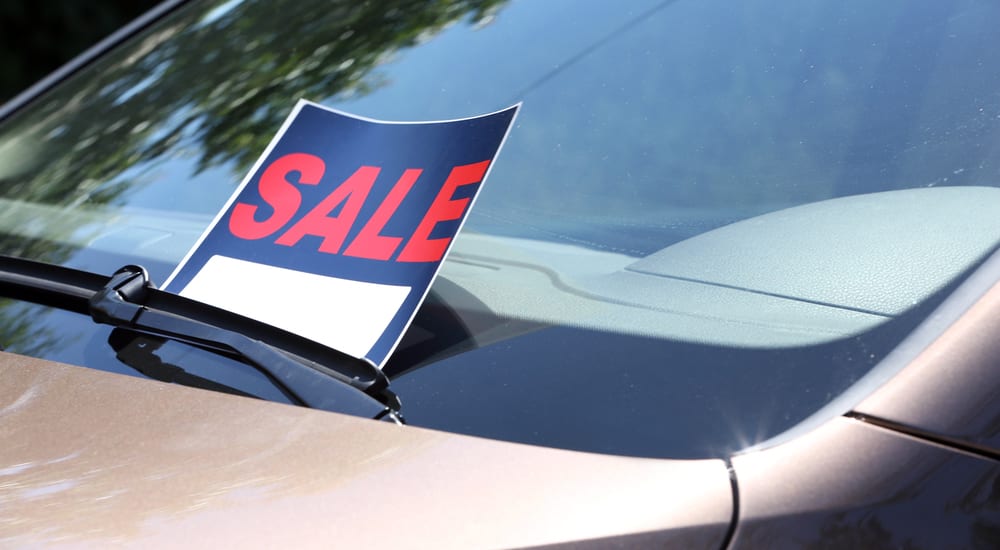
Now we get into the different actual ways you can go about buying a used car, whether it’s a CPO or a car under $10k or anything in between. Private sellers are a fairly common sight along highways and on Craigslist. Lots of people decide to sell their old cars without going through a dealership in the hopes that they will be able to make a little more money from the sale. The problem with buying from a private seller is that you have no guarantee about the car. A dealership has a vested interest in selling you a good car that will perform as expected and keep you moving. A private seller’s only interest is in getting the used car off their lawn and a wad of cash into their wallet. This means you need to be extra careful when considering buying a used car from a private seller. Do your research on the car’s VIN number and take it to a trusted mechanic to have inspected before you buy.
Financing
If you decide to go to a reputable dealership, they will be able to offer you financing options for buying a used car. Any partner with local or national banks to offer their clients loan options with different interest rates and payment terms. You can work with your dealer to get a loan that works for you, depending on how much money you’re willing to spend each month. Make sure that you aren’t paying so little that the car will go “underwater” by the time you want to upgrade. This happens when there is more left on the car loan than the actual value of the car. Talk to your dealer’s financing department to make sure you understand all your options ahead of time, they will be glad to help you out.
Buy Here Pay Here
Buy Here Pay Here programs are great options for people with no credit or bad credit. Many dealerships understand that not everyone’s finances are completely perfect, bad things happen to good people. That doesn’t mean that those people don’t need cars to get back and forth from work, especially if that’s how they are going to get back on their feet. Imagine being a new grad with no credit history who needs a job so that they can start building their credit, but can’t get a job because they don’t have a car. It’s a terrible Catch 22. Imagine that one of your parents needed help with medical bills, and that caused you to become delinquent on your mortgage, and now your credit score took a huge hit. None of these circumstances should prevent someone from buying a car. That’s where Buy Here Pay Here programs come in.
These programs are essentially loans given out by an individual dealership instead of outsourcing the loan to a bank or other financial institution. They have slightly higher interest rates to guard against the folks who aren’t able to pay, but in general are a great option for people who just need a car. Buy Here Pay Here means that you can build a relationship with a dealer and grow it over the years to come.
Before You Buy
Any time you set out to buy a used car you should know your options. You’ll find that different dealerships have different incentives, categories of used cars, and different warranties that help sweeten the pot and entice buyers. Any time you think you’re going to commit to a used car, make sure to check the CarFAX or other vehicle history report site to make sure that it has a clean driving history. These reports will let you know if anything untoward has happened to the vehicle like flooding, a bad accident, or way too many drivers to be completely okay.
Buying a used car is a pretty typical occurrence all over America. It’s a great way to save a whole bunch of money and can add character to an individual vehicle. They don’t depreciate as quickly and you know that there’s no risk of it being a lemon directly from the manufacturer. You also don’t have to be quite so careful about normal dents and scrapes as you would be with a brand-new car. No matter how you choose to finance your used car or whether you go with anything from a CPO to a private seller, getting a used car could be the right decision for you.
